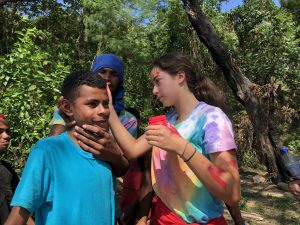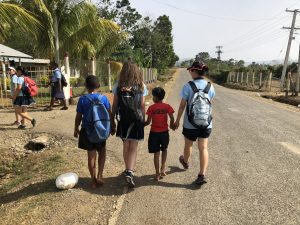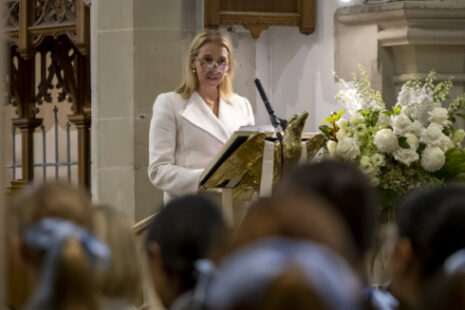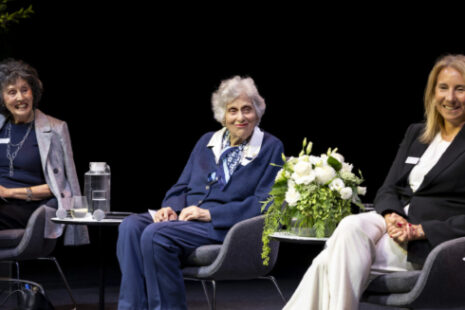Side by side in Fiji: not for, but with

We are sitting in the late afternoon sun outside one of the ‘bures’ (a Fijian wood-and-straw hut) in our small residential village of Vunayawa. It consists of four sleeping bures for our group: a kitchen hut, a dining room hut, a few toilet sheds and a traditional grass roofed bure for our hosts, an extended Fijian family. The setting could not be more peaceful, and from our position on the grassy slope down to the river, we have the most spectacular view across the highlands.
Back to why we are sitting in the afternoon sun: Kitty, a member of our host family at Vunayawa, is showing us some of the many items that can be woven from palm branches. The Fijians are so resourceful, and this is yet another example of what I have observed them doing all week. Creating what they need from what they have in their local environment. What really amazes me on this afternoon is observing four-year-old Kate and three-year-old Kaylie using a sharp knife so skilfully, as they help pare back palm leaves to be made into a new broom. The Fijian children are very physically capable, and they have skills that children in our culture develop much later in life, if at all. They are encouraged to learn how to use sharp knives at an earlier age, to climb trees and swim in rivers under the supervision of a sibling only a couple of years older, to walk along the riverbank to school. They are allowed to take what we perceive as risks. How they live is in stark contrast to the ever-growing culture of helicopter parenting in our society, which seems to have influenced the level of skills, independence and resilience in our children.
We learnt much from the Fijians in our week in the highlands. The very clever technique of catching fish at night, how to harvest cassava for meals, which local plants can alleviate certain health ailments, how to bundle up the collected wood onto your back for a comfortable walk back to the village, to highlight just a few. Some of our girls could be found in the kitchen hut helping prepare breakfast early in the morning.
Eriatta and Sulu, who taught us one of their traditional dances, demonstrated great patience and good humour; it was a lot of fun and very rewarding for us. We had so many opportunities to learn from our hosts, including those times when just sitting, chatting, and enjoying “Fijian time”.
The learning was far from a one-way path. Our girls were often teaching the Fijian children new card games before dinner or helping them with their reading and writing. At the local school they worked with students in Year 8 who were completing geometry problems, or the Year 4 students who were learning about homonyms or reading with the Year 2 students.
The beauty of this very rewarding program in the highlands is the sharing of skills and knowledge and the opportunity to learn from each other. A service-learning trip that may provide an opportunity such as helping construct or paint a new building in a developing country certainly helps with a short-term need. It also allows you to leave with that warm feeling of having done something useful. However, have you actually just completed a task the local people are quite capable of doing?
Heyington to Highlands is a little different: the program is not for, but with. The experience of immersion in a highland village for a week is a very rich one where the learning flows both ways.
The true impact of this experience may not be realised in some girls immediately. When first walking into Draiba village and seeing the interactions of the local people, the immediate observation by one of our girls of, “In Melbourne half the people don’t even talk to their neighbours,” indicates she was quite taken by what she saw. Will Heyington to Highlands influence how the girls interact and share in their own family and local community? Could the experience ignite a very small flame that may lead to working with other developing communities in Australia or overseas in the future, sharing skills and knowledge?
For me, one of the most the significant experiences was seeing the expression, “it takes a village to raise a child” played out, in so many ways. Walking back along the river to Vunayawa after our Kava welcome ceremony at Draiba village, we found we had many youngsters in tow. Some looked to be as young as four. The older children from Draiba ensured the little ones crossed the river and returned home safely. Shared responsibility. It brought back memories of my childhood days when playing with siblings and friends from the neighbourhood. The only instruction from mum or dad: “be home by dark!”





